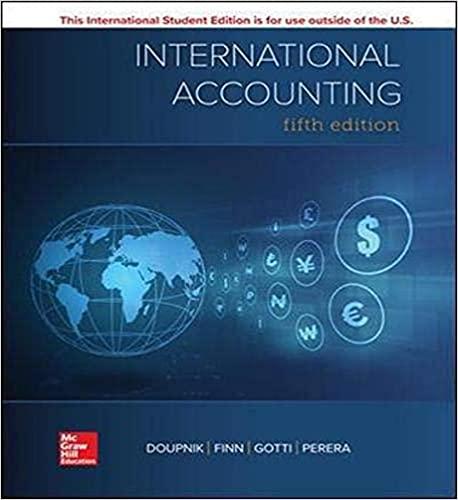The following are historical data from Canada's National Accounts All data in millions of current dollars 112404 Personal Expenditures: Durable Goods Semi-durable Goods 70518 Nondurable Goods 216462 Services 491813 Wages, Salaries and supplementary labour income 823116 Capital Consumption Allowance and Inventory Valuation Adjustment 201435 Government Expenditures on Goods and Services 367005 (includes Govt Gross Fixed Capital Formation and Govt Inventories) Federal general government: financial assets 103978 Federal general government: liabilities 594390 Corporation Profits (before taxes) (including crown corporations) 231374 Interest and Miscellaneous Investment Income 81484 Business Gross Fixed Capital Formation: Residential Structures 108175 Business Gross Fixed Capital Formation: Non-Residential Structures and Equipment 200998 Business Investment in Inventories 8733 Taxes less subsidies on factors of production and products 165017 Federal general government: general and specific transfers 1035 Accrued net income of farm operators from farm production 2808 Net income of non-farm unincorporated business, including rent 93438 Exports: Goods 489859 Services 72315 Imports: Goods Services 442988 93804 1.1 [8 points] Use the figures in Table One to compute GDP by the expenditure approach and by the value of the income received by the factors of production. You should obtain different answers since there is a residual error of estimate. (You may not need to use all the data in the Table.) 1.2 [4 points] The "official" figure for GDP is found by averaging the two estimates you found before in Part 1.1. What is the value for GDP when computed this way? The difference between this average and the estimate you found for GDP in Part 1.1 is the "residual error of estimate" or "statistical discrepancy". What is the magnitude of the statistical discrepancy (in percent)? 1.3 [8 points] In 1990, GDP was estimated to be 667843 million dollars. However, in 1990 the GDP deflator (price index) was 118.6 (1986=100), while in 1991 the GDP deflator was 121.8 and GDP was 674388 million dollars. By what percent did current dollar GDP rise in the one-year period? Compute GDP in 1990 and 1991 in constant 1986 prices. By what percent did real GDP (GDP in constant 1986 dollars) change over the one year period? What was the rate of inflation (based on the GDP deflator) between 1990 and 1991? The following are historical data from Canada's National Accounts All data in millions of current dollars 112404 Personal Expenditures: Durable Goods Semi-durable Goods 70518 Nondurable Goods 216462 Services 491813 Wages, Salaries and supplementary labour income 823116 Capital Consumption Allowance and Inventory Valuation Adjustment 201435 Government Expenditures on Goods and Services 367005 (includes Govt Gross Fixed Capital Formation and Govt Inventories) Federal general government: financial assets 103978 Federal general government: liabilities 594390 Corporation Profits (before taxes) (including crown corporations) 231374 Interest and Miscellaneous Investment Income 81484 Business Gross Fixed Capital Formation: Residential Structures 108175 Business Gross Fixed Capital Formation: Non-Residential Structures and Equipment 200998 Business Investment in Inventories 8733 Taxes less subsidies on factors of production and products 165017 Federal general government: general and specific transfers 1035 Accrued net income of farm operators from farm production 2808 Net income of non-farm unincorporated business, including rent 93438 Exports: Goods 489859 Services 72315 Imports: Goods Services 442988 93804 1.1 [8 points] Use the figures in Table One to compute GDP by the expenditure approach and by the value of the income received by the factors of production. You should obtain different answers since there is a residual error of estimate. (You may not need to use all the data in the Table.) 1.2 [4 points] The "official" figure for GDP is found by averaging the two estimates you found before in Part 1.1. What is the value for GDP when computed this way? The difference between this average and the estimate you found for GDP in Part 1.1 is the "residual error of estimate" or "statistical discrepancy". What is the magnitude of the statistical discrepancy (in percent)? 1.3 [8 points] In 1990, GDP was estimated to be 667843 million dollars. However, in 1990 the GDP deflator (price index) was 118.6 (1986=100), while in 1991 the GDP deflator was 121.8 and GDP was 674388 million dollars. By what percent did current dollar GDP rise in the one-year period? Compute GDP in 1990 and 1991 in constant 1986 prices. By what percent did real GDP (GDP in constant 1986 dollars) change over the one year period? What was the rate of inflation (based on the GDP deflator) between 1990 and 1991








